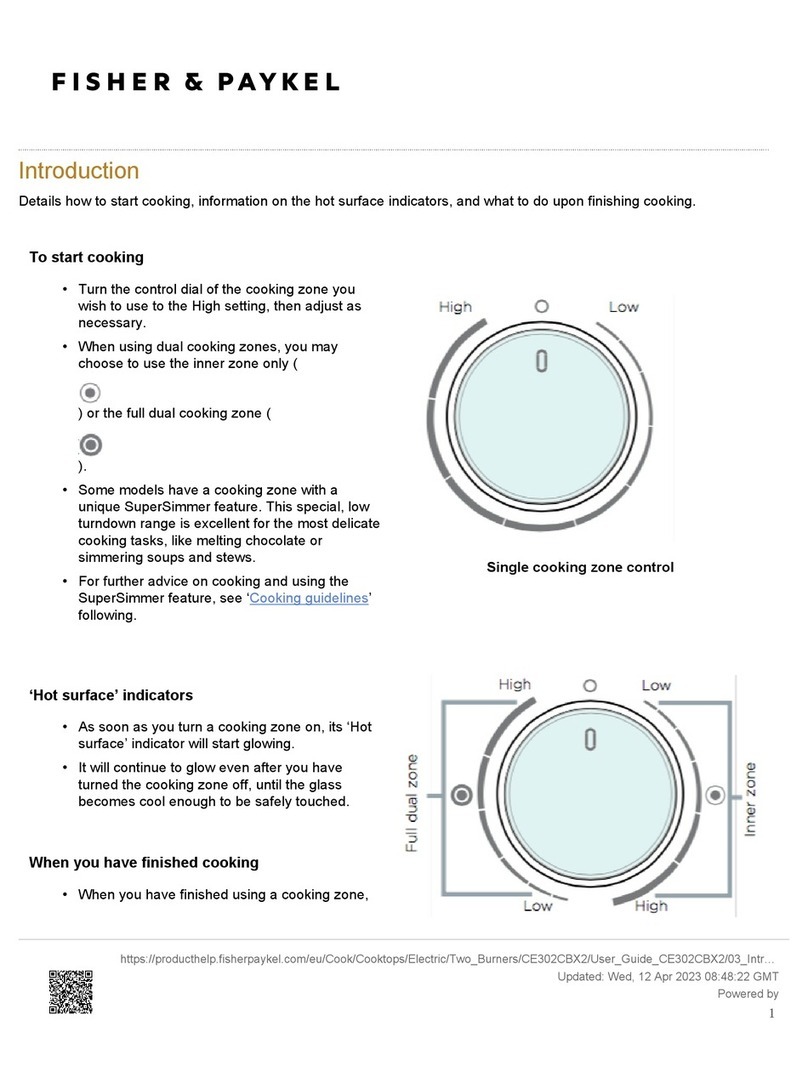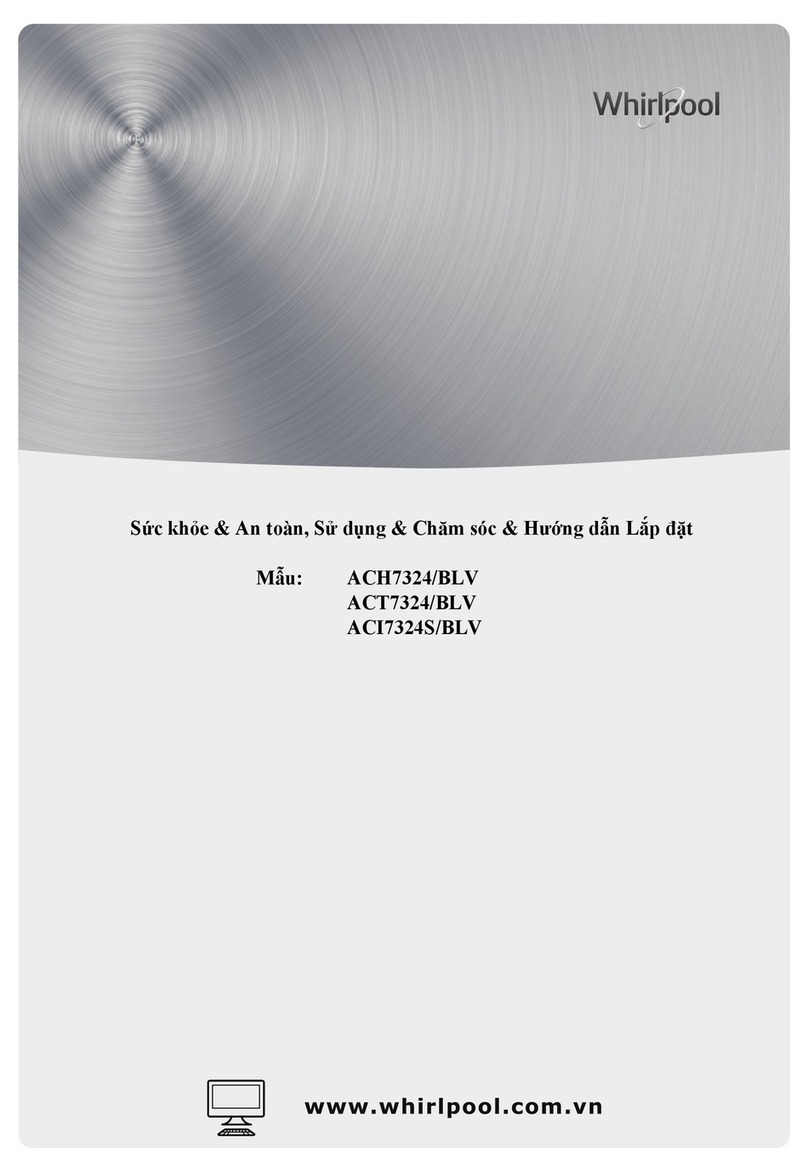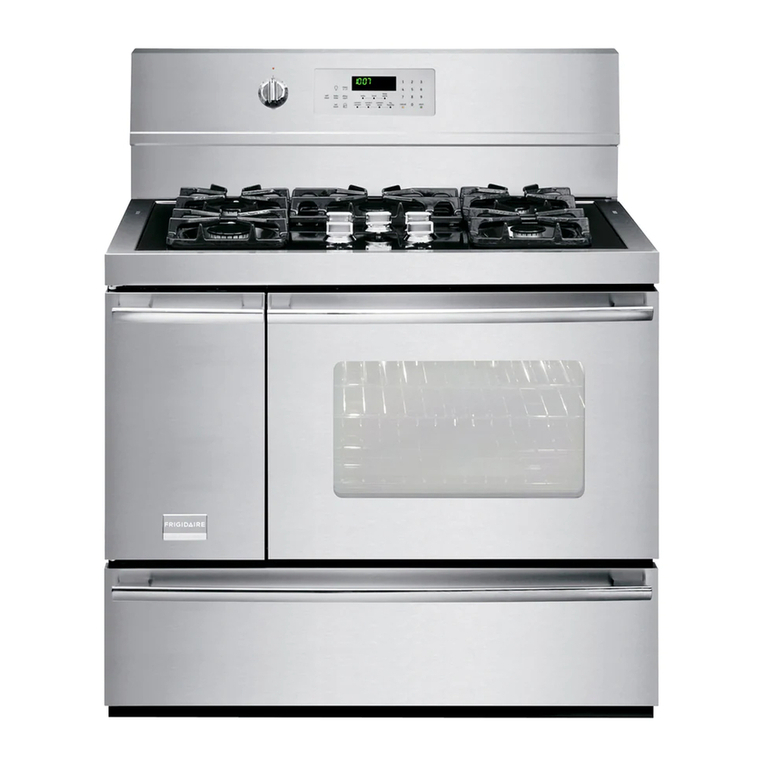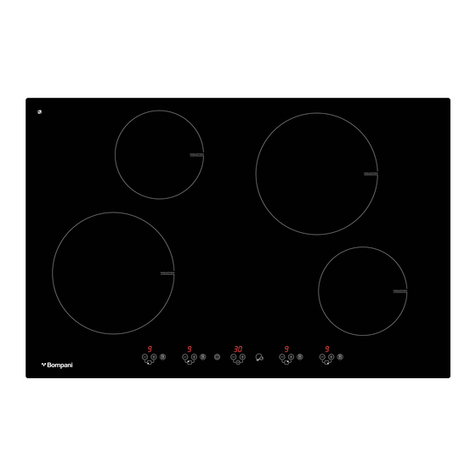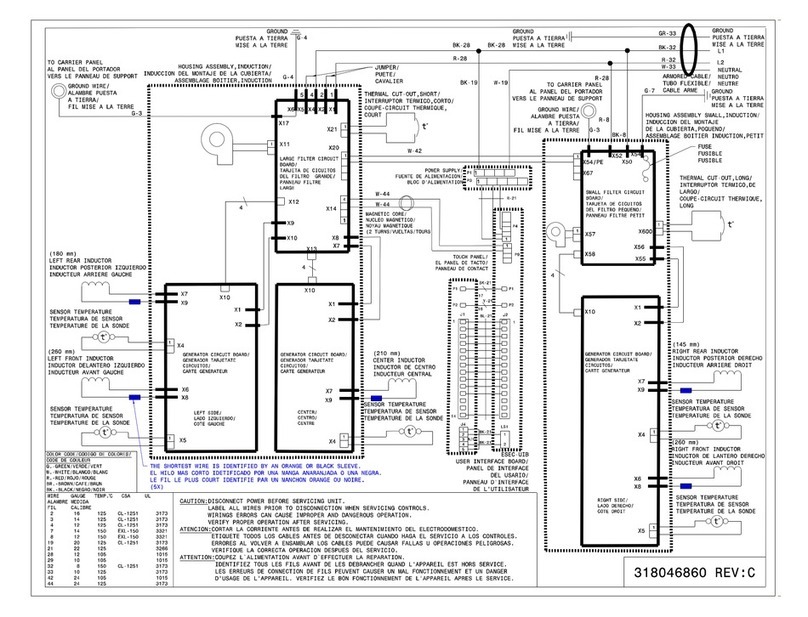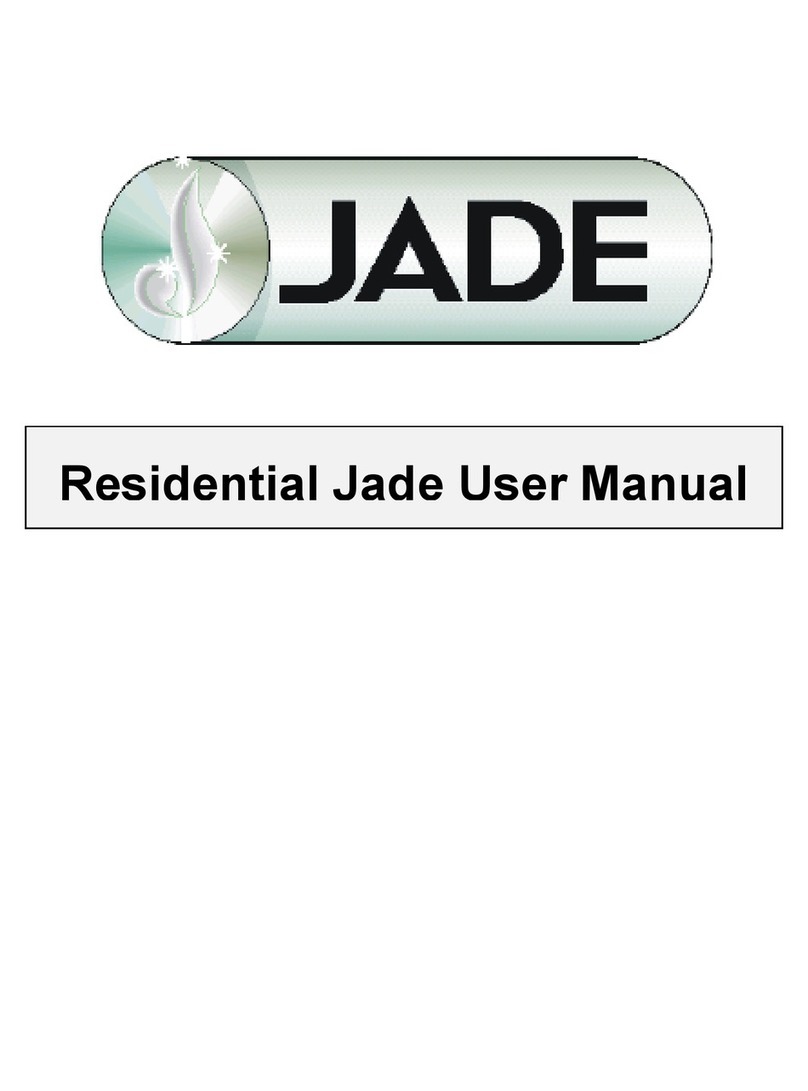
2
IMPORTANT SAFETY INSTRUCTIONS
UNPACKING AND INSPECTION:
Do not use this range as a supplement to your furnace/
heater. It is not designed to heat up the kitchen nor
any other room. Using this appliance other than its
intended use could be dangerous.
Check that the container is upright. Check for visible
damages on the carton. If there is damage to the car-
ton, contact the carrier, and request an inspection. Do
not refuse shipment but file the appropriate freight
claims. Responsibility for shipping damage is with the
carrier and dealer or end user.
Cut the shipping straps and carefully lift the carton up
from the range. Check the range for visible damage.
If the range is to be installed on an area covered with
linoleum or any other floor covering, make sure that
the floor covering can withstand 90°F (65°C) above
room temperature without warping, shrinking or discol-
oring. Do not install the range over carpeting.
Remove, unwrap and temporarily lay aside any part or
accessory shipped with the unit and make sure that
there are no hardware or accessories left in the box for
accidental disposal. Make sure all packing material
and literature are removed from the oven before
connecting gas and electrical supply to the range.
CONTENTS PAGE
Important Safety Instructions............................................................... 1-2
Unpacking and Inspection................................................................... 2
Range Specifications........................................................................... 3
Legs Installation.................................................................................. 3
Casters Installation.............................................................................. 4
Curb Base Installation......................................................................... 5
Stub Back Installation......................................................................... 6
Clearances Against Combustible Surfaces......................................... 7
Gas Connection.................................................................................. 8
Gas Conversion For RJGR Series .................................................. 9-10
Electrical Connection.......................................................................... 11
Initial Start-up and Burner Adjustment
Open top / Simmer ................................................................ 12
Infrared Broiler....................................................................... 13
Oven...................................................................................... 13
Wok........................................................................................ 14
Charbroiler.............................................................................. 14
Griddle.................................................................................... 14
Installation of Anti-Tip Bracket............................................... 15-16
